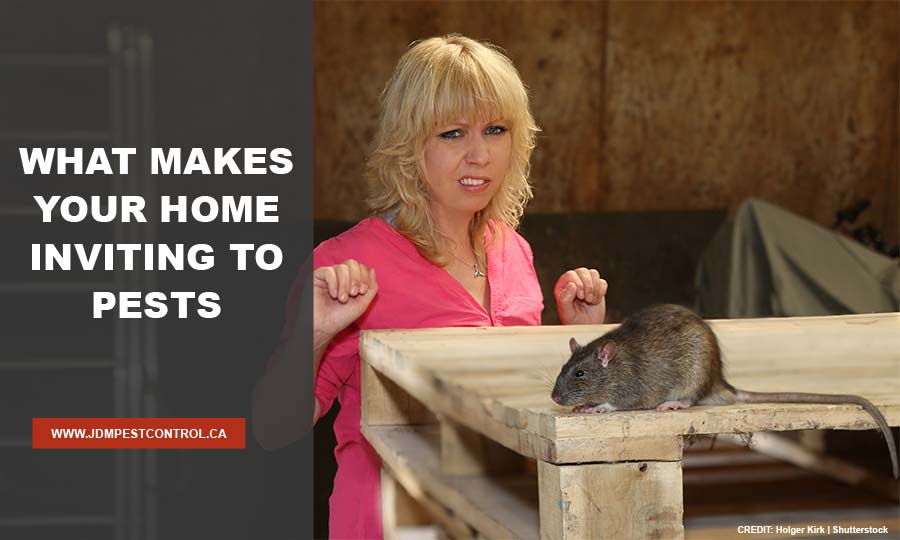A pest invasion is the last thing you want to happen. No one wants to see those nasty, crawling pests, but there are times when we unknowingly invite them into our homes. And as much as we hate to admit it, we are the ones responsible for our home pest problem.
To prevent it, we need to understand the reason household pests seek your home in the first place. This way, you can come up with effective solutions. Here is how we make our homes attractive to pests:
- Open Food Source

Pests enter our homes in search of food and water. Leaving food items in the open or disposing of food scraps improperly can attract pests, such as mice, ants, and cockroaches into your home.
Solutions:
-
- Store foods in a closed container.
- Dispose of leftovers properly.
- Keep kitchen and dining areas clean.
Garbage
It might be garbage to you, but it is food to pests. Rats and raccoons will scavenge the garbage to search for food and leave a mess behind, attracting more pests to your yard.
Solutions:
-
- Cover the garbage bins properly and securely.
- Dispose of the garbage every day.
- Always clean and disinfect dust bins and trash containers.
- Maintain hygiene in your yard.
- Poorly Maintained Yard
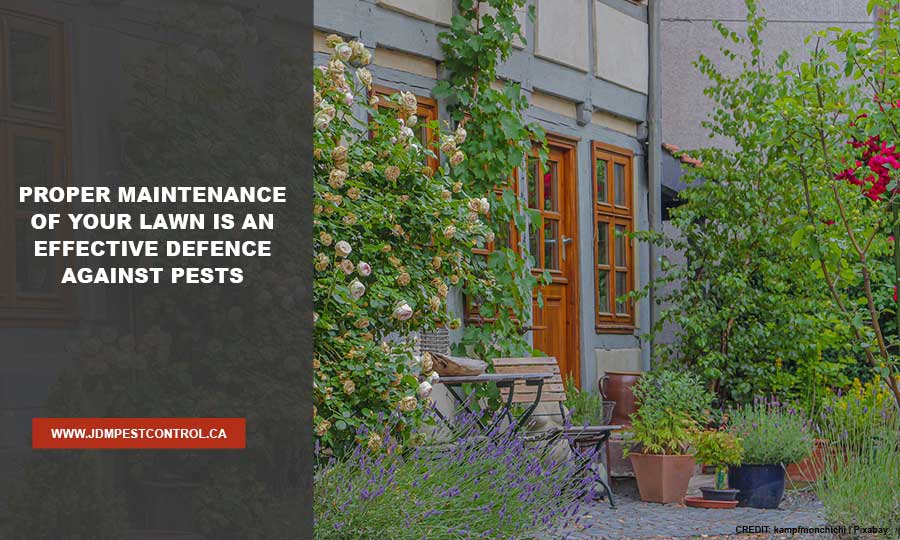
Overgrown shrubs and untrimmed grass can make a good breeding place for many rodents, insects, and other creatures that are not welcome inside our houses. A poorly maintained lawn does not only give them shelter but also a good cover, allowing them free to roam in their own domain and eventually slip into your home through open doors and windows unnoticed. Also, standing water in your lawn can be an invitation for bug infestations, especially mosquitoes.
Solutions:
-
- Trim grass regularly.
- Rake away fallen leaves.
- Level low areas to prevent pooling of water,
- Change water in birdbaths and fountains regularly every 2 weeks.
- Avoid planting trees and shrubs right up against the sidings
- Cracks and Holes
Rats and mice are known for their collapsible ribs. Adult rodents can easily squeeze themselves through holes as small as a dime. As long their head can fit through space, their body can sneak through without difficulty. Other pests, like cockroaches and ants, can enter through small gaps and cracks.
Solution:
-
- Inspect your house for holes, gaps, cracks, and crevices.
- Seal them using caulk or cement.
- Dirty Dishes

Even the tiniest food scrap can attract insects and rodents to your household. Simply put leaving dishes can be a buffet bar for different pests. Just the thought of having cockroaches crawling and enjoying the leftovers on your plate is disgusting enough — and who knows where these insects came from!
Solutions:
-
- Wash dishes immediately after every meal.
- Keep counters, sinks, and stovetops clean after cooking and washing the dishes.
- Compost
Composting can be an excellent way to turn food waste into a natural garden soil amendment. However, a compost pile can be an enticing food source for many rodents and insects, which will eventually cause an infestation. Rat and flies can potentially carry serious diseases, putting you and other household members at risk.
Solutions:
-
- Use an enclosed composting system.
- Make sure your compost pile is at least 50 feet away from your house.
- Balance food wastes with garden waste to prevent mess and unpleasant smell.
- Never dump fatty foods, meat, and dairy into your compost pile.
- Houseplants
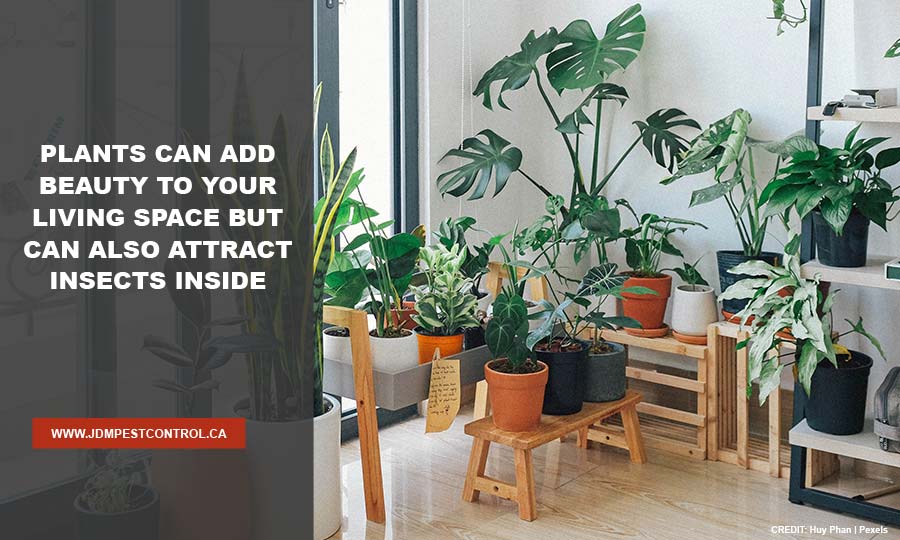
Indoor plants help improve the overall appearance of your living space, but they can also invite unwanted pests into your home. However, houseplants infested with aphids can attract ants who love to feed on the honeydew produced by aphids. Other insects that can enter your home are springtails, which are attracted to the overwatered soil of the plants.
Solutions:
-
- Check aphid-infested plants and bring them outside as soon as possible.
- Before bringing a plant inside, make sure to inspect for any signs of aphids or insects.
- General Clutter
Disorganized messes are not only painful to look at—they also provide hiding places for small pests. Piles of books and papers can invite silverfish and dust mites while boxes of random stuff stored in the attic can attract rats, mice, squirrels, and other small mammals to nest.
Solutions:
-
- Throw away piles of old newspapers.
- Donate old books to book clubs.
- Develop a filing system for your important documents and shred what is unnecessary.
- Cull your wardrobe of unwanted stuff regularly. Sell old clothes that do not fit you or have not worn for a long time.
- Pets
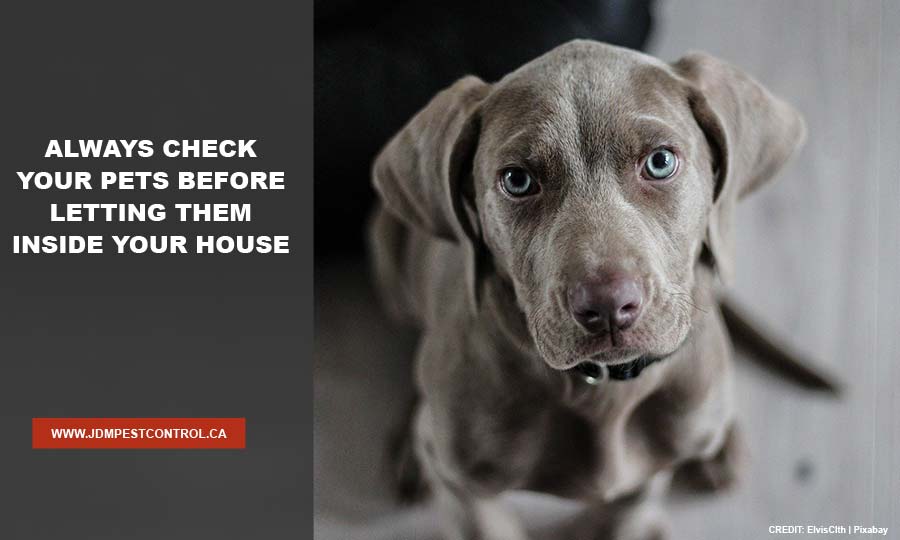
Your pet can bring more than just happiness and joy into your home. Although preventative medications and collars can protect your pet from ticks and fleas, it does not mean that they would not carry bugs inside your home. Stink bugs and other critters can hitch on their fur. They may be cute and adorable, but your pets can instigate a pest problem. Additionally, pet food can also be a delicious food source for many pests.
Solutions:
-
- Give your pets regular and proper grooming and care.
- Inspect their fur thoroughly when they come inside.
- Monitor their coming and going.
- Stacks of Firewoods
Stacked firewoods provide pests, including rodents, with shelter and food. Storing them indoors can potentially bring creepy crawlers inside your home.
Solutions:
-
- Always store firewoods outdoors and off the ground.
- Keep them at least 50 feet away from your home
- Untreated Wood
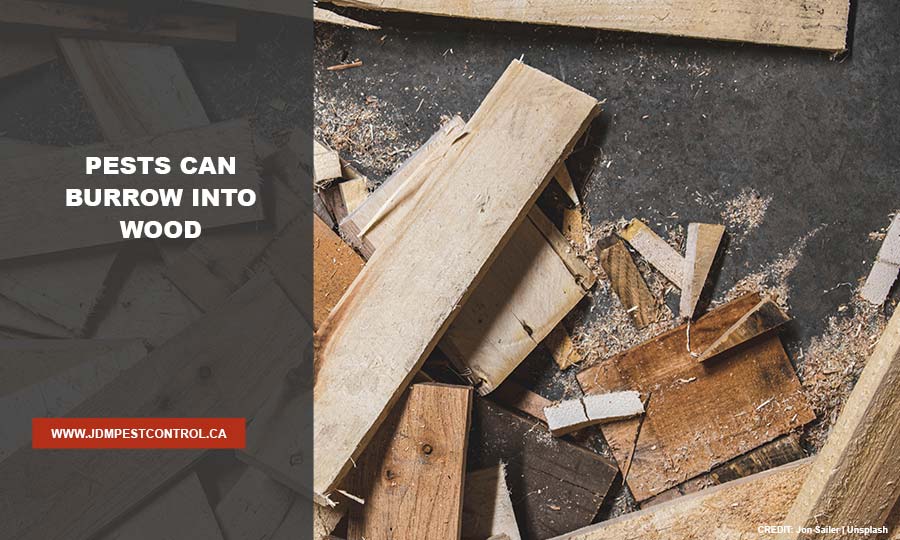
Unfinished and weathered wood can increase your risk of carpenter bee infestation. These bees are commonly found in decks, sidings, and the eaves of your home. Carpenter bees can cause significant damage to untreated wooden structures of your home.
Solution:
-
- Treat all your wood structures inside and outside with moisture-weather-proofing material.
- Recyclables
The bottom of your recycling bins can be filled with sticky ooze, which attracts cockroaches and flies. These disgusting insects can carry harmful germs that can cause serious diseases. Additionally, they do not only settle in the bins, they will move to other places, such as your cupboards, to look for other food sources.
Solutions:
-
- After emptying, make sure to clean and disinfect the recycle bins with soap and water.
- Rinse every item thoroughly before putting it inside the bin.
- Invest in recycle bins with covers to protect the content from rodents and bugs.
Keep in mind that behind every pest infestation problem is a cause. Identifying what caused the infestation is the first step to protecting your home against pest invasion. While there are many do-it-yourself pest control methods that you can find on the Internet, it is always best to leave the job to the professionals.
JDM Pest Control uses safe, effective, and eco-friendly methods to get rid of pests. For more than 20 years, we have successfully provided pest control and removal solutions to a number of residential and commercial establishments in GTA and the surrounding areas.
Give us a call today at 416-729-3568 for a free assessment and get $25 off! You can also fill in our contact form to let us know about your pest problems.
